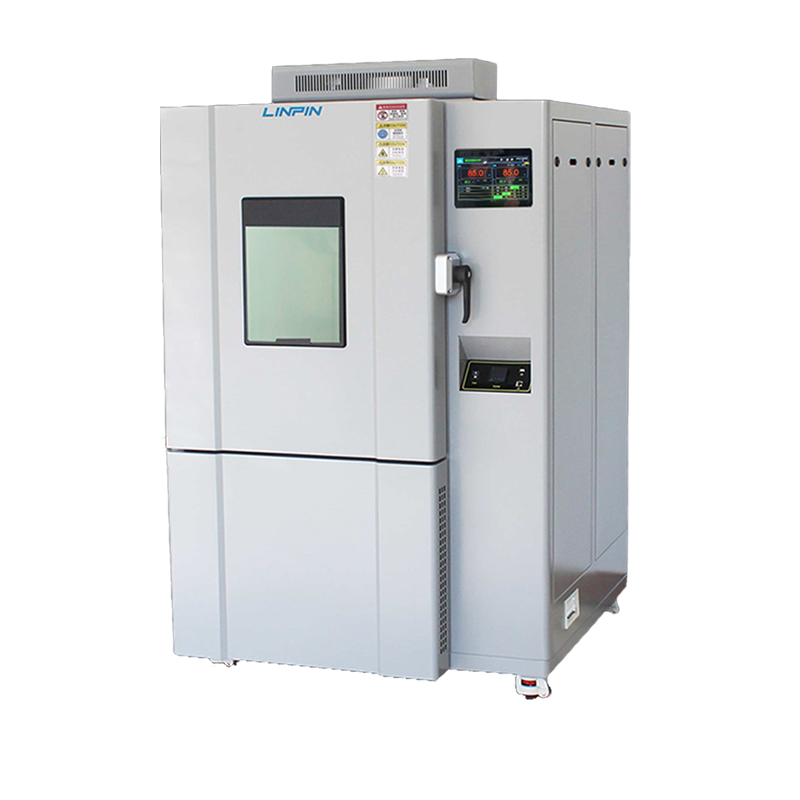

When using a high-low temperature alternating damp heat test chamber, the appropriate damp heat test method should be selected based on the material characteristics and testing requirements. Below, we compare the two most common damp heat test methods to help you make the right choice.
Common Damp Heat Test Methods
Constant Damp Heat Test
Conducted under unchanging temperature and humidity conditions.
Moisture absorption occurs primarily through water vapor adsorption.
Under high temperature and high humidity, materials may expand, while metal corrosion rates accelerate and insulating materials degrade faster.

Alternating Damp Heat Test
Performed in a high-humidity environment with cyclic temperature changes (high-low cycles).
Moisture exposure occurs through condensation and drying cycles, simulating “breathing” effects inside the test sample.
This method accelerates corrosion and promotes material degradation, especially during low-temperature sub-cycles.
How to Choose the Right Test Method?
Based on Sample Characteristics
Constant damp heat test: Suitable for solid or insulating materials.
Alternating damp heat test: Recommended for hollow or sealed samples to simulate internal condensation effects.
Based on Moisture Exposure Mechanism
Constant damp heat test: Used when moisture absorption occurs via adsorption or absorption.
Alternating damp heat test: Preferred when moisture exposure is enhanced by condensation or “breathing” effects.
Conclusion
The high-low temperature alternating damp heat test chamber supports both constant and alternating damp heat tests, allowing flexibility based on your testing needs. If you have further questions about the equipment, feel free to consult our technical experts for guidance.
(Note: This translation maintains technical accuracy while ensuring readability for an English-speaking audience.)